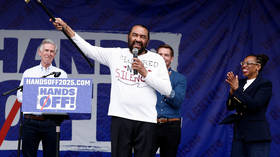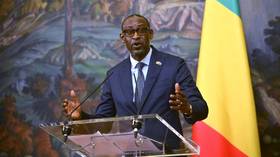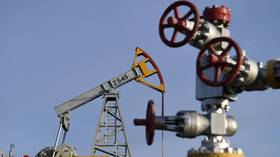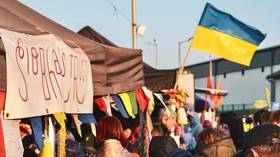Scientists to flood Middle East with 1,000s of 3D cameras to ‘save’ ancient sites from ISIS
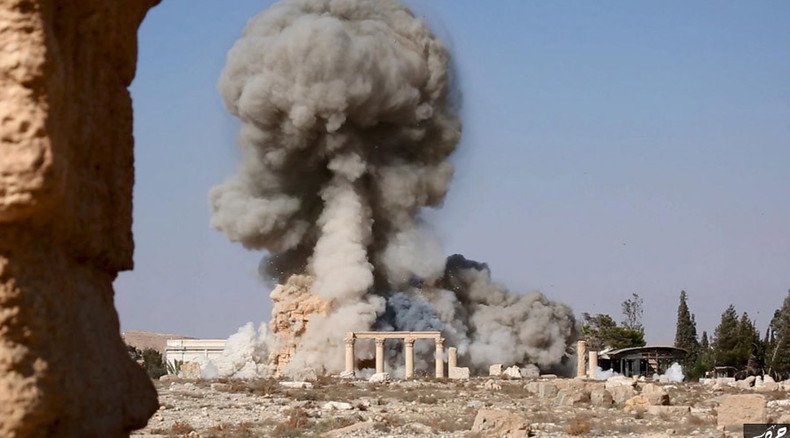
Scientists are going to use thousands of specially-modified 3D cameras to preserve for humanity images of historic sites and artifacts in the Middle East, which are at risk of being destroyed by Islamic State jihadists.
‘The Million Image Database Project,’ aimed at creating a full digital record of every artefact under threat, was announced earlier this summer by the Institute for Digital Archaeology.
In a letter to The Times newspaper, the researchers wrote that they plan to “flood the Middle East with thousands of low-cost 3D cameras and enlist local partners to photograph as many items of historical significance as possible.”
The Oxford-based institute says that the over 5 million photos will be taken across the Middle East by the end of year and subsequently uploaded online, the paper wrote. It is planned that by 2017, some 20 million images will have been added to the database.
The images will allow 3D replication if needed.
The £2 million ($3.1 million) project required the development of “a heavily modified version of an inexpensive consumer 3D camera,” which won’t require any special experience from the users.
Buyers of looted artifacts may be charged with aiding #ISIS – FBI
http://t.co/Yll3eddA4rpic.twitter.com/O36FDNOSGG
— RT America (@RT_America) August 28, 2015“The camera has the facility to upload these images automatically to database servers where they can be used for study or, if required, 3D replication,” the Institute for Digital Archaeology wrote on its website.
Each camera would cost just around £20 ($30 dollars) as the team wants “to do a sweep, as fast and as much as we can, using simple technology for images at multiple angles in a single shot,” Alexy Karenowska, a physicist at Oxford’s Magdalen College who helped in developing the technology, said.
UNESCO Director-General @IrinaBokova firmly condemns the destruction of Palmyra's ancient temple of Baalshamin http://t.co/vytKGnP0FK
— UNESCO (@UNESCO) August 24, 2015The images made by the cams “will include GPS data and dates,” Roger Michel, the institute’s director, told The Times.
“If someone is selling an object and says it was obtained in Syria in the 1930s we will know that was not the case because in 2015 it was at longitude X and latitude Y,” he explained.
The UK scientists want local museums in the Middle East, non-governmental organizations, and volunteers to participate in the project.
The cameras will be initially distributed in Iraq, with plans to expand into Lebanon, Iran, Yemen, Afghanistan and eastern Turkey.
The project is collaborating with UNESCO, which launched the Global Coalition Unite for Heritage to tackle damage of cultural heritage in the Middle East and elsewhere this July.
“The threat is global and our response must be global,” UNESCO Director-General Irina Bokova said when announcing the project, also condemning the Islamic State terrorist group (IS, formerly ISIS/ISIL) for destroying monuments at the World Heritage site at Hatra, Iraq in March.
#ISIS releases harrowing images of ‘demolishing’ #Syria’s ancient #Palmyra temple (PHOTOS) http://t.co/sto6Us2Nf3pic.twitter.com/PlfrI6wz5d
— RT (@RT_com) August 25, 2015IS, which controls large swathes of land in Iraq and Syria, is responsible for the worst surge in archaeological destruction since World War II.
Earlier this week, the jihadists demolished the 2,000-year-old Baal Shamin temple in the ancient Syrian town of Palmyra.
“Palmyra is rapidly becoming the symbol of ISIS’s cultural iconoclasm. If ISIS is permitted to wipe the slate clean and rewrite the history of a region that defined global aesthetic and political sensibilities, we will collectively suffer a costly and irreversible defeat,” Roger Michel said.
But he stressed that “there is hope. By placing the record of our past in the digital realm, it will lie forever beyond the reach of vandals and terrorists.”
LISTEN MORE:



